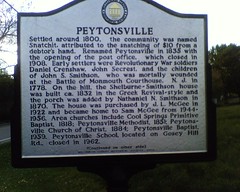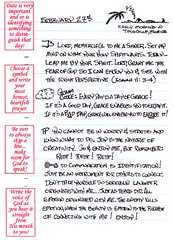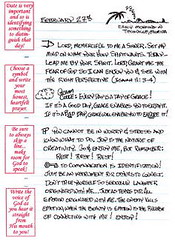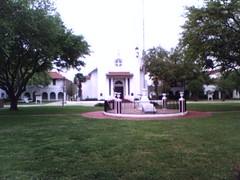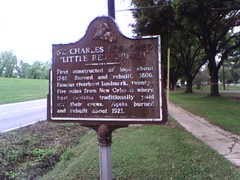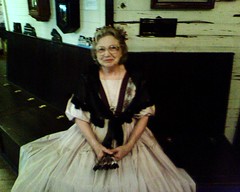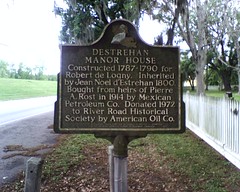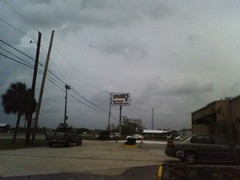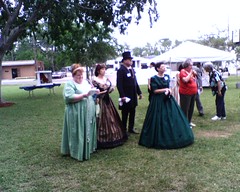The events of the past few days have been sobering. Lost of life unexpectedly and with a BIG WHY attached leaves us in a state of shock. It becomes difficult to focus. There is always the question of new NEWS. Any tidbit of information that brings sense to the unreality of the moment is sought.
I know we can’t always make sense of what happens but a sharing of my own experience might be helpful. When I was in High School my high school was bombed off the face of the earth.
On the morning of the bombing our High School Band returned after midnight. We had been at a band festival in Bristol, Virginia. We put our instruments up and went home. Less than 5 hours later our school blew up. The only places left were the gymnasium, which was south of the campus, and the band room, which told me that the bombers were in the building when the band arrived. I have always felt since that day that we could have been killed that morning. It is a sobering thought.
The years that followed were not easy. We transported 1200 students on busses to a small grammar school 12 miles away. When the band practiced it was on the side of a hill with crape paper marking the 10 yard markers. Everyday was a challenge. I remember particularly two things that happened that made a difference. The next Sunday, after the bombing, Billy Graham came and spoke in the gym. It was not easy for him to speak. His life was possibly in danger also. But it brought a sense of meaning to the experience.
Also, Drew Pearson, a nationally syndicated columnist, began taking up money for bricks for Clinton High School. Our new school was paid for with those dollars for bricks.
It has been many years since then. Most people think that Little Rock High School was the first integrated school in the south but it wasn’t, it was Clinton, Tennessee.
Last year I went to a screening of a film about the “Clinton 12,” the 12 African-American students who were the first to integrate. It was a tough story for all, but especially them. There were many people I knew in the film. The pastor in the film, Paul Turner, was beaten. He later was the pastor who ordained me. His wife is in the film and lives in the Nashville area.
But, the most memorable part of the event was the joint worship service at First Baptist Church in Clinton on Sunday morning. Both races gathered for a worship service that left few dry eyes, many hugs, and visions of possible meaning in spite of the suffering. It was as powerful a worship service as I have ever been a part of.
So, why am I telling you this? Surely it doesn’t compare to Virginia Tech? And yes, in those old days, there were only black and white televisions and the newscast only lasted 15 minutes a night, except for specials. 24 hours a day of news makes a difference, but I still remember thinking, “I am not going to be able to complete High School because someone else will bomb it.” It was a lonely feeling riding that bus.
But I am telling you this because this coming Wednesday, at 7:30 p.m., at the Nashville Film Festival, they will be showing the movie of the “Clinton 12.” The narrator is James Earl Jones. It is a story that needs to be told ! And it is a reminder to me, the school was blown up on my birthday ! One doesn’t forget, but one does go on in hopes that somewhere there is meaning in the suffering.
INFORMATION ABOUT THE MOVIE:
“On August 27, 1956, twelve Black teenagers in Clinton, Tennessee, walked into history and changed the world. Narrated by James Earl Jones, the film tells the compelling story of the first students to desegregate a public high school in the South. The events of that school year and of the bombing of the high school in 1958 are brought to life in The Clinton 12. This story, which has gone untold for 50 years, shows the horrors of bigotry and racism in the Old South, as well as the courage of a community that fought to uphold the law - most of the white protestors were not from the community, but arrived from other parts to promote their agendas. The film includes interviews with 11 of the original Clinton 12 as well as seldom-seen archival footage and interviews with others involved in the events. Director Keith McDaniel takes us to the heart of one of the greatest moments in the American civil rights movement, covering not only the courage of those who faced violent racial opposition, but the determination of a small, predominately white southern town that stood shoulder to shoulder to confront and defeat bigotry and fear.”
Brother Dan


